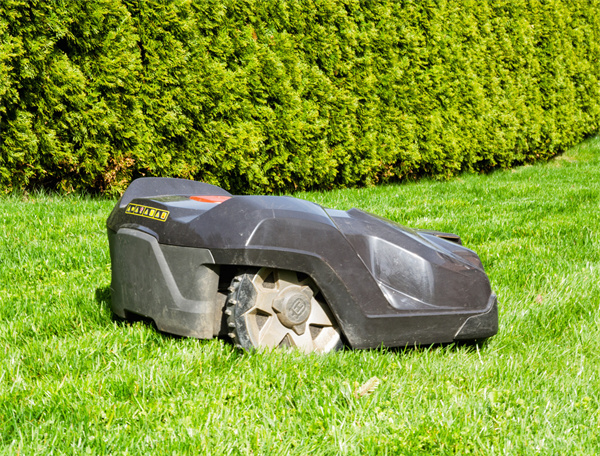
Charging a lawn mower battery depends on the type of battery you have and how frequently you use your mower. Here are some general guidelines:
Types of Lawn Mower Batteries
1. Lead-Acid Batteries (12V): Common in gas-powered riding mowers and some push mowers.
2. Lithium-Ion Batteries: Found in modern electric and cordless mowers, usually with a higher voltage (e.g., 40V, 56V).
When to Charge
1. New Batteries: Always charge fully before using them for the first time.
2. After Each Use:
o Lithium-Ion Batteries: For optimal performance, it's best to recharge these batteries after each use, especially if the battery level falls below 50%.
o Lead-Acid Batteries: Generally, charge when the battery level drops to about 50-70%. Keeping lead-acid batteries fully charged when not in use is important to avoid sulfation.
3. If Not Used Regularly:
o Lithium-Ion: Even if not used, recharge every 1-2 months to maintain battery health.
o Lead-Acid: Charge every 30-60 days during off-season storage to prevent the battery from losing charge.
4. Before Storage:
o Fully charge the battery before storing for the off-season.
o For Lithium-Ion batteries, it's best to store them at around 40-60% charge if not used for a long period.
o For Lead-Acid batteries, always store fully charged and check every month.
5. Low Charge Warning: If you notice your mower is struggling or running slower, it's a good indicator to recharge.
Important Tips
· Avoid Overcharging: Use a smart charger if possible, which automatically stops charging once the battery is full.
· Temperature Considerations: Charge in a cool, dry place. Extreme temperatures can affect charging efficiency and battery lifespan.
Regular charging and proper maintenance will help extend the life of your lawn mower battery!

Save money - with manufacturer direct pricing
Save time - with experienced team to get project done
Lead the industry - with the most cutting-edge products
